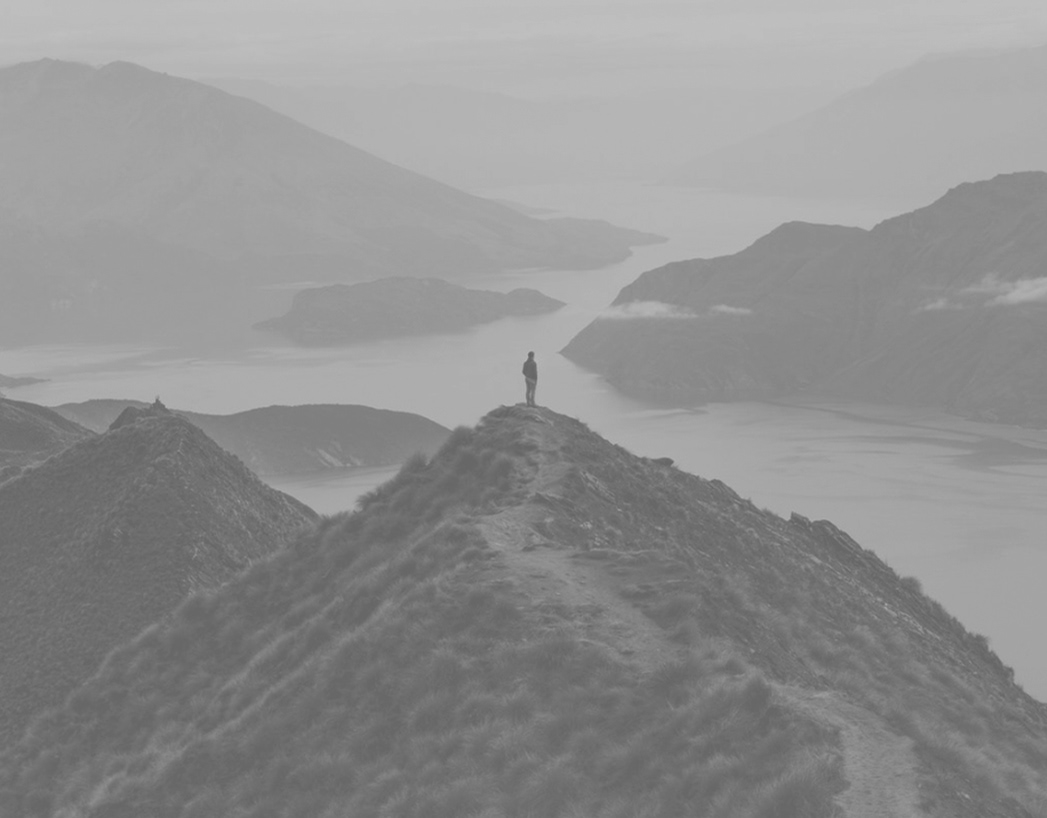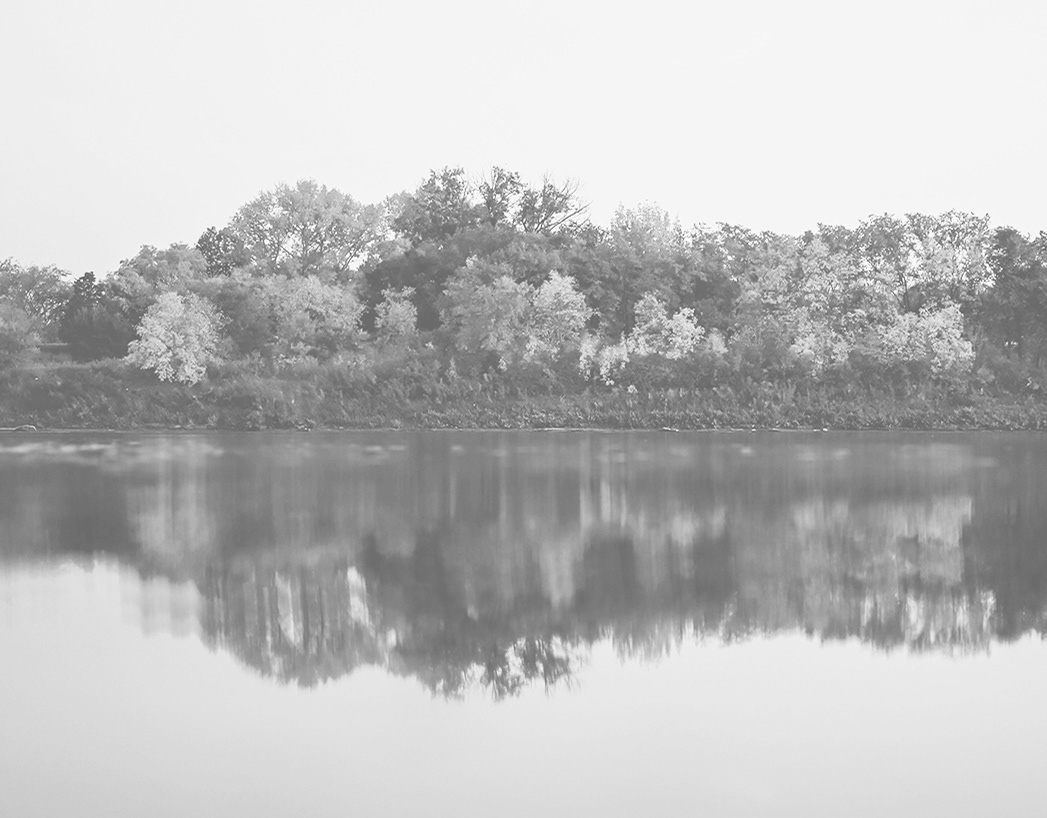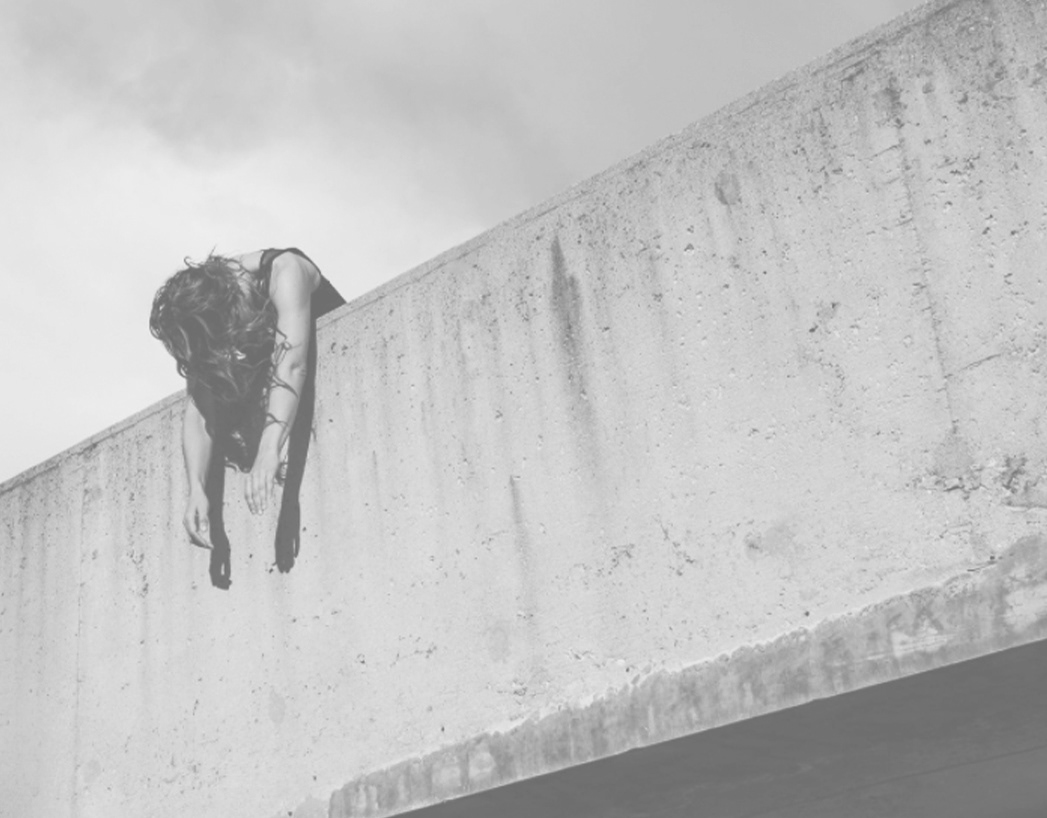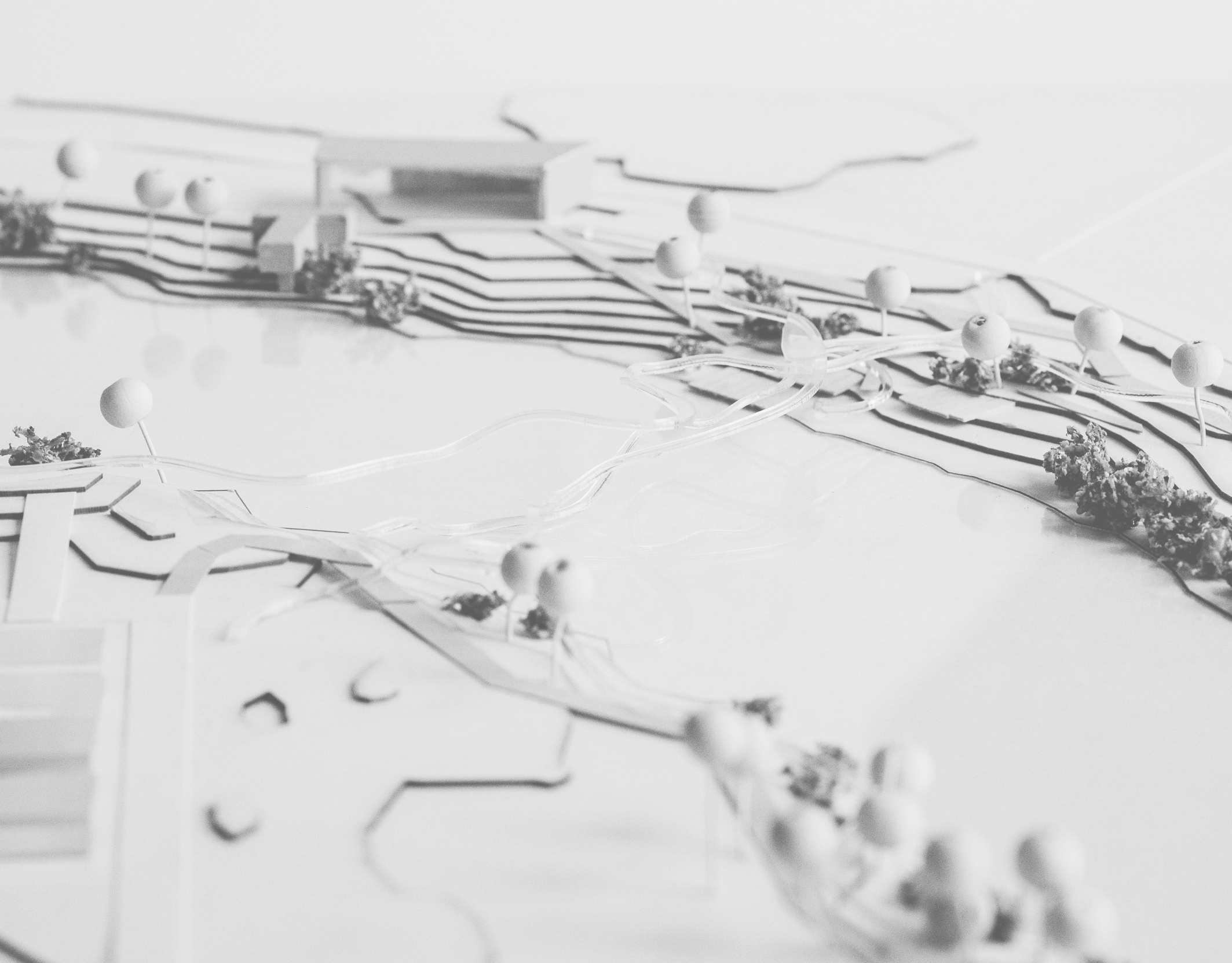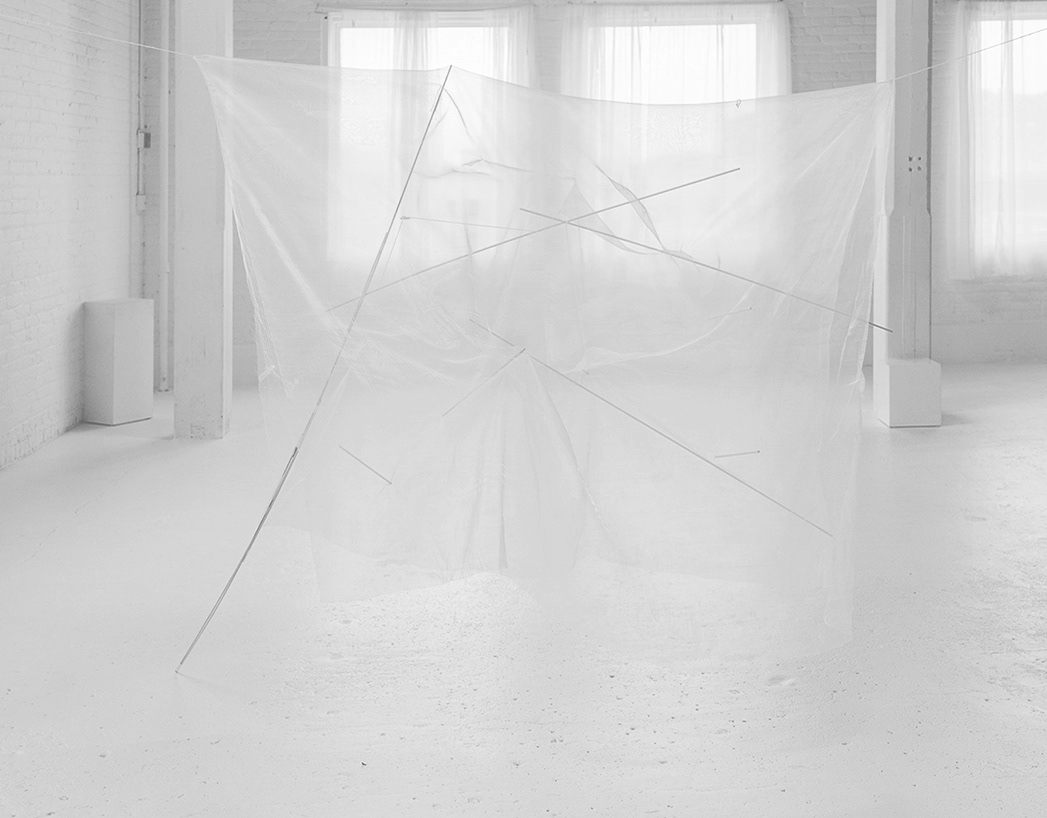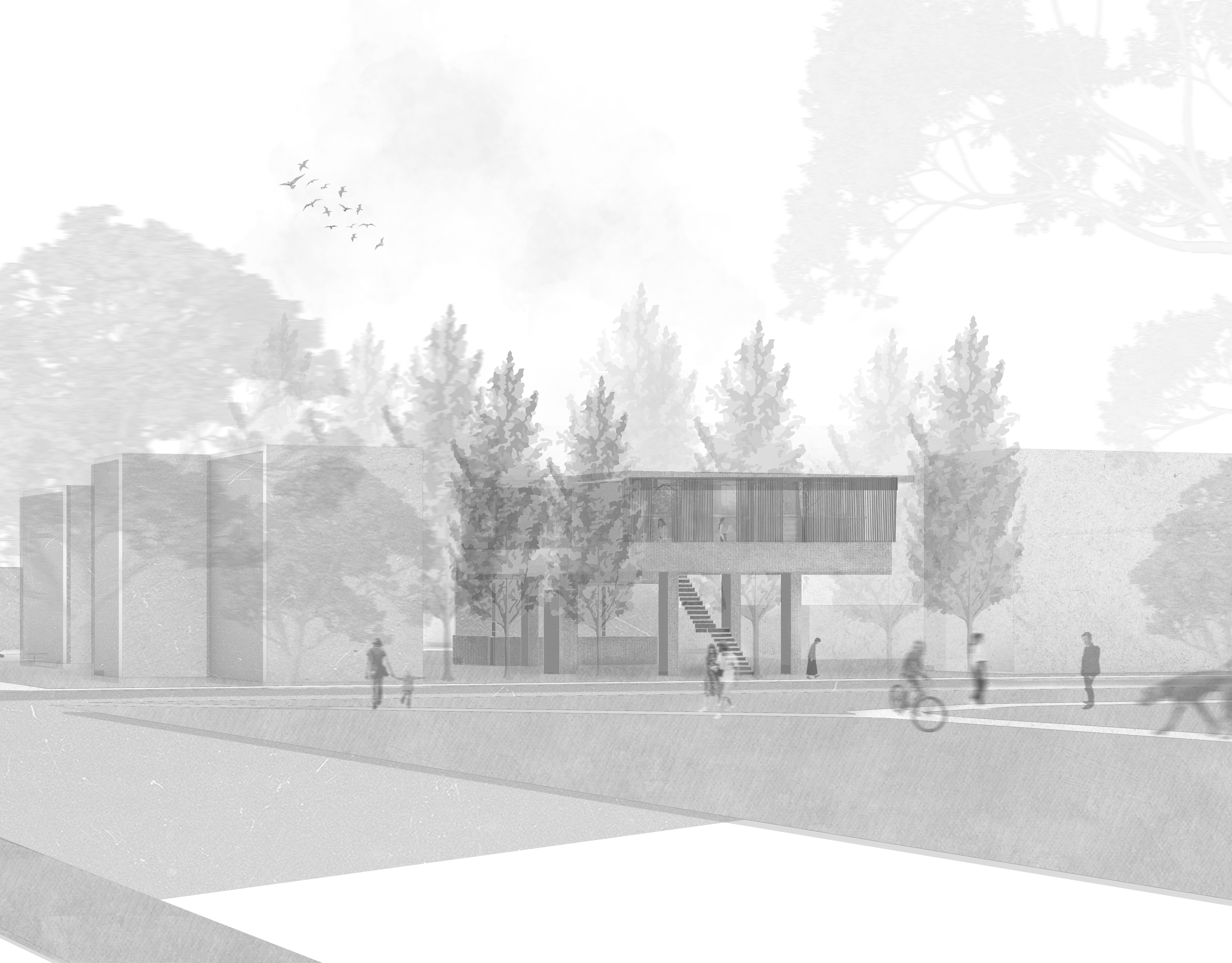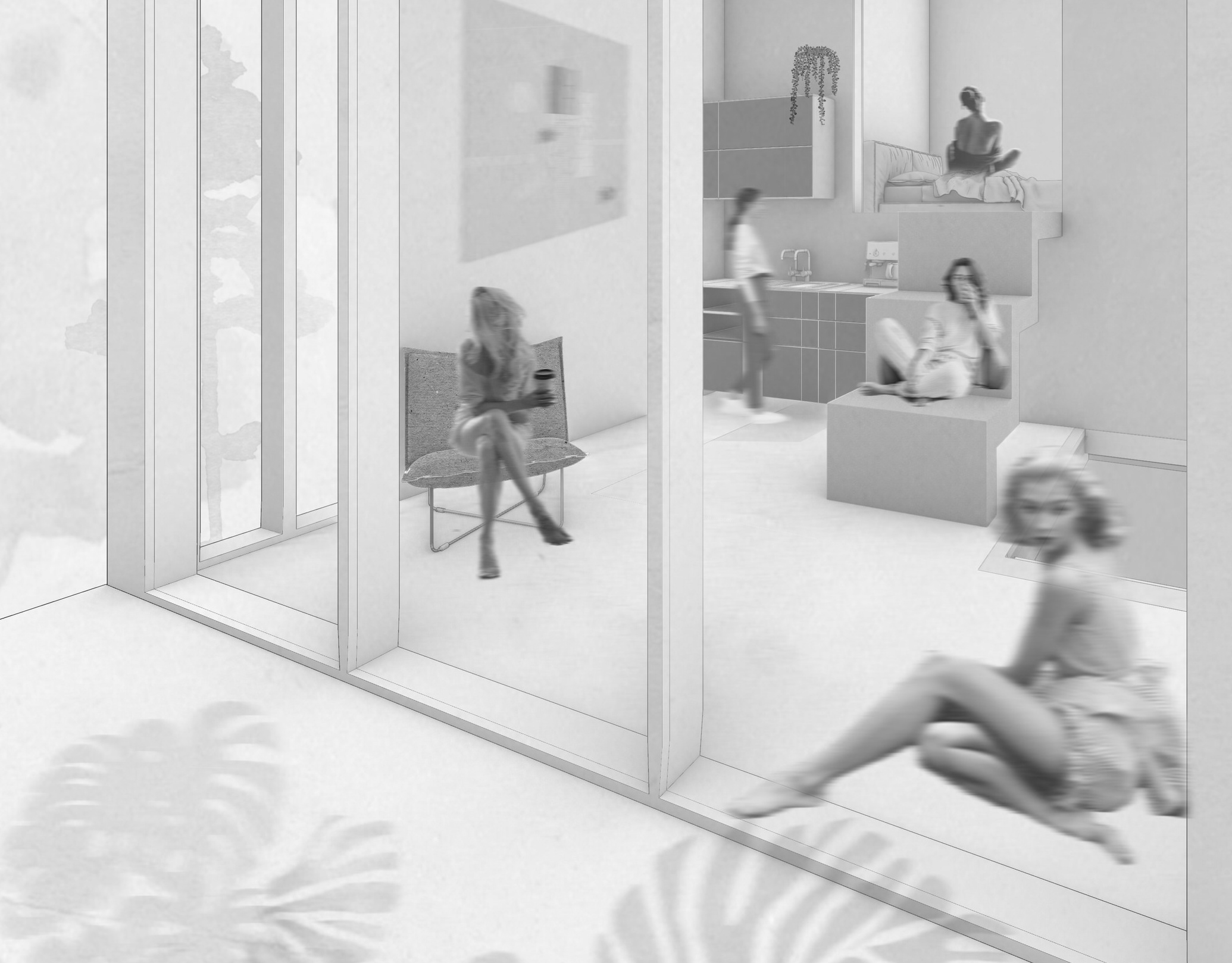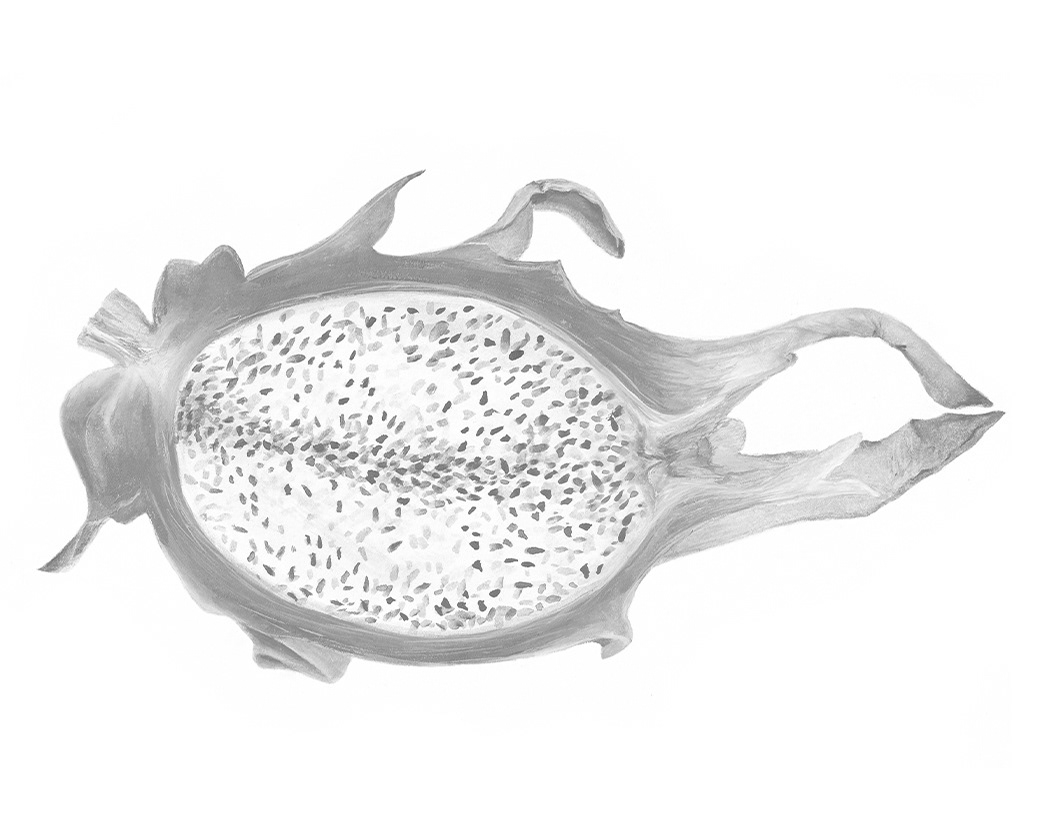P3.1 FROM MATERIAL TO SPACE_group / January 26 - February 18
Instructor: Kim Wiese
Izabela Rachwal, Kayla Mantie, Kaylee Komatich, Yutong Mu
INQUIRY:
How and when do materials appear and emerge into space? How can we manipulate materials? How can
materials interact with space? How can materiality affect spatial ambiances? How can we manipulate light and
spatial experience through material modification?
What are the creative opportunities and design implications of a light-material-form-space relationship? Can
the presence or absence of light be modulated through a material (and its materiality)? How can such a
relationship frame artistic, conceptual, expressive, and spatial experiences? How do we discuss and
experiment with the modulation of light through materiality?
Can we embed meaning in materials through tooling and technique?
Can new materiality emerge through re-use? How can our design address the advancements and challenges of
inherited materiality that we witness today?
materials interact with space? How can materiality affect spatial ambiances? How can we manipulate light and
spatial experience through material modification?
What are the creative opportunities and design implications of a light-material-form-space relationship? Can
the presence or absence of light be modulated through a material (and its materiality)? How can such a
relationship frame artistic, conceptual, expressive, and spatial experiences? How do we discuss and
experiment with the modulation of light through materiality?
Can we embed meaning in materials through tooling and technique?
Can new materiality emerge through re-use? How can our design address the advancements and challenges of
inherited materiality that we witness today?
P 3.1 / INDIVIDUAL / STATEMENT OF INTENT:
In order to explore the cotton fabric further, I chose to focus and advance my individual research on pattern making and sewing of cotton cloth treated with a stiffening agent.
Techniques of pattern making, sewing, pleating, boning, stiffening – among others provided structure and geometric precision.
The moon shape pattern was carefully sewed together to create an eclipse hemisphere. The pleated texture formed through sewing created a variety of structural shapes and variations, each form variation allows for a different and specific light manipulation, enhancing the way that light enters the spatial environment. The natural light from the window allows the sun’s rays to penetrate through the fabric, highlighting the sewing patterns and softening the ambience of the environment. Natural light is a vehicle that affects the structure and the space it is encapsulated in.
The exploration of the material and light is both object and effect. Light plays and penetrates, creating an ethereal object, while also having an effect – the softening of harsh light and its mediation in a space.
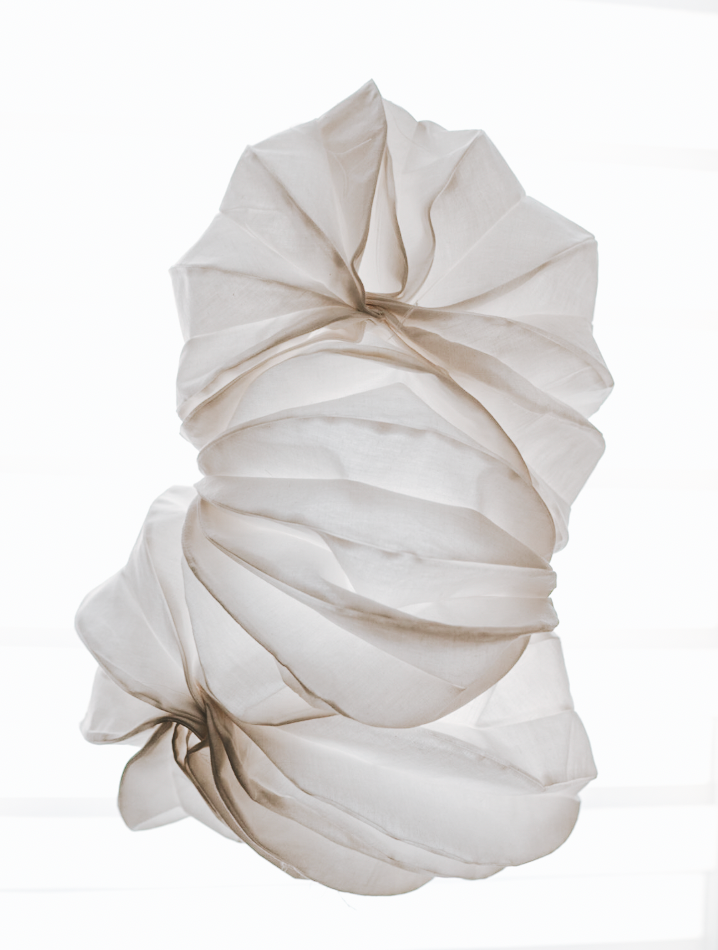
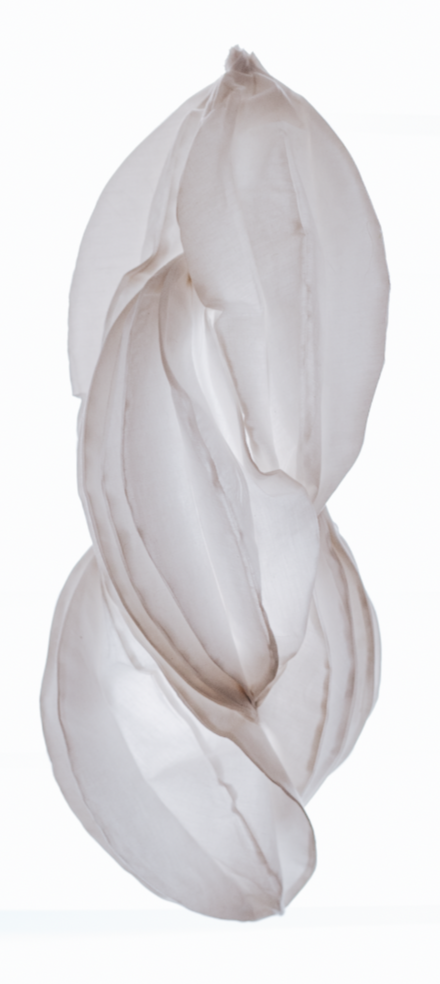
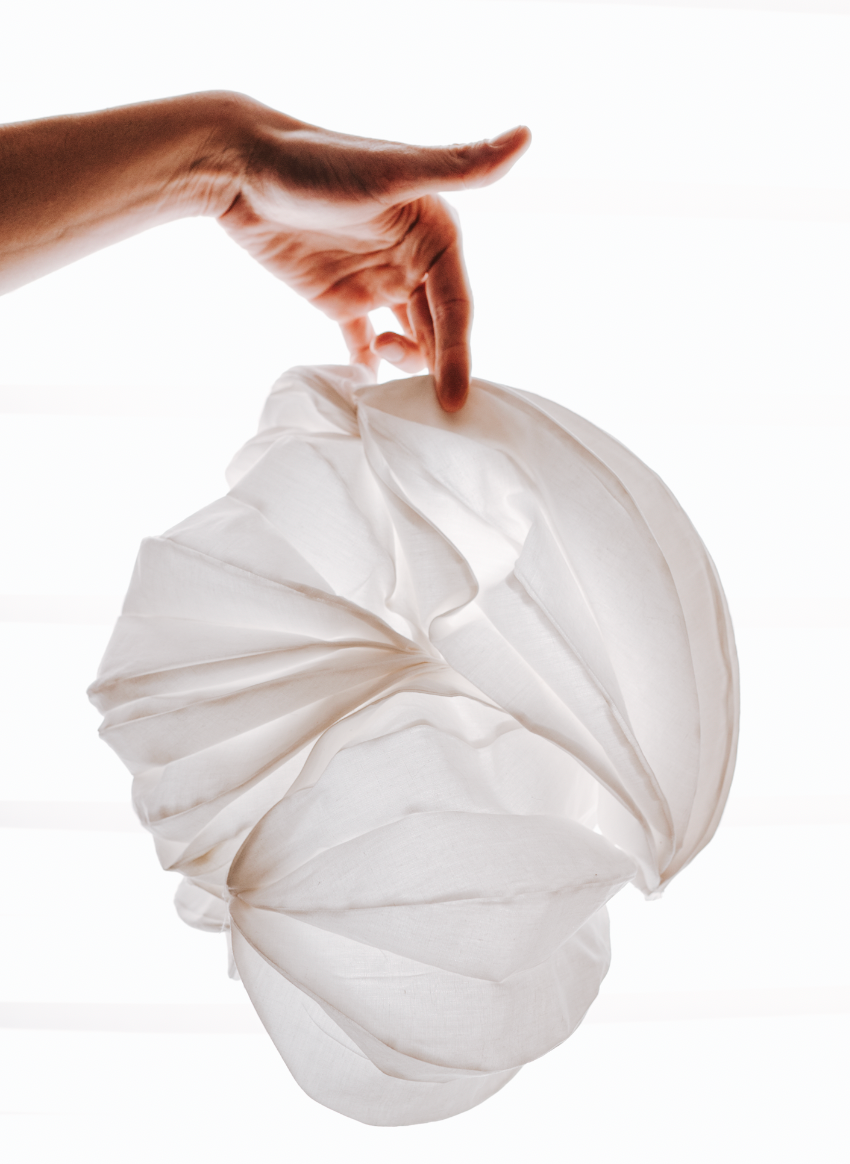
Mock design, which inspired the final design of individual material exploration
P3.1 / GROUP RESEARCH / EXPLORATION
STATEMENT OF INTENT:
The material chosen for this project is 100% cotton fabric. Cotton is a natural material originally sourced from plants that is then twisted into fibres and woven into cotton fabric. Some of the properties of cotton include that it is durable and thick with a woven texture. In addition to this, it is breathable, soft, absorbent, and holds colour well. It was decided that there was value in sourcing the materials from reused clothing with a focus on denim and cotton t-shirts. The investigation of cotton fabric was interesting because there is so much of it in everyone’s daily lives and it would be easy for one to get their hands on large amounts. Choosing cotton fabric also left open the option to strip the fabric down into fibres if it was decided that it would help to understand the material better through the chosen techniques.
Some of the major inquiries that motivated the work created thus far is wondering how new materiality can emerge through reuse? How can we manipulate materials and how can the presence of light be modulated through that materiality? How can we discuss and experiment with the modulation of light through material modification?
From these initial motivations, several things have been learned about the possibilities and limitations of cotton fabric. Through the reuse of old cotton jeans and shirts, one is able to create many new material conditions that replicate that of paper, wood and string. Through the use of the human hand and a few aiding tools the fabric is able to be manipulated in various shapes, sizes and patterns that each play with light and shadow differently. Light in relation to materiality can be manipulated by diffusion, absorption, redirecting, focusing and enhancing colour.
___________________________________________________________________________
___________________________________________________________________________
___________________________________________________________________________
___________________________________________________________________________
P3.1 / GROUP / PROCESS
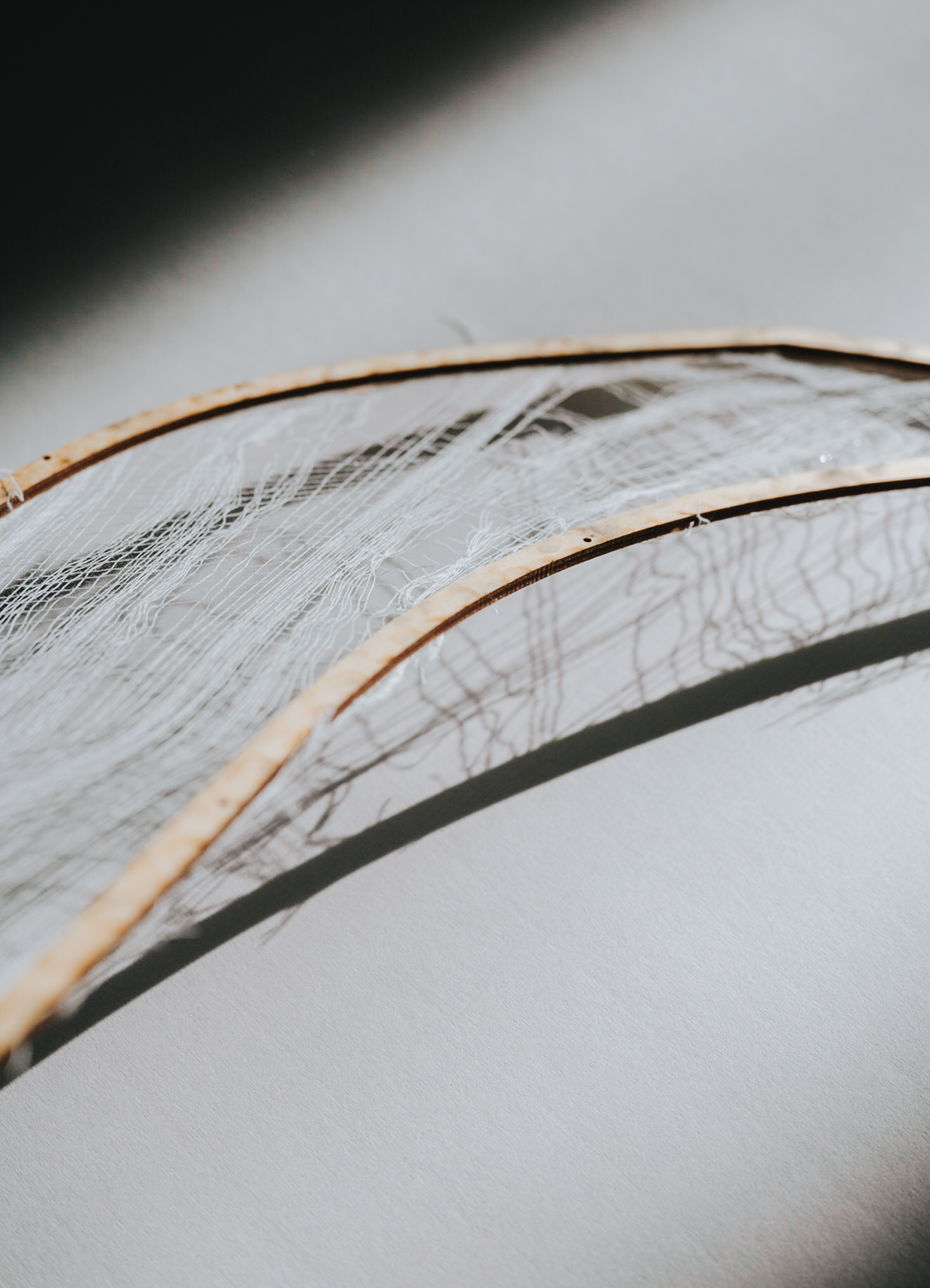
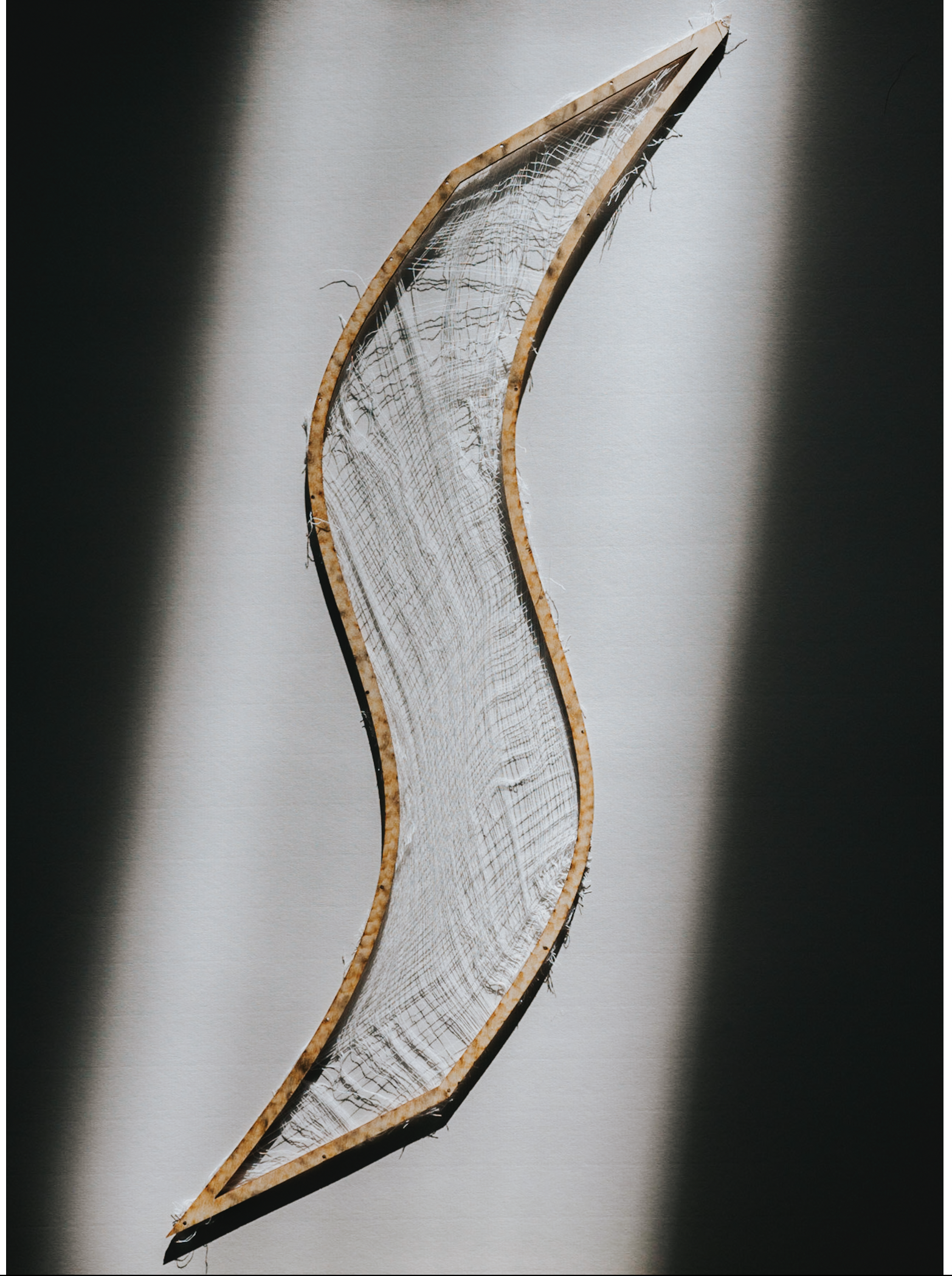
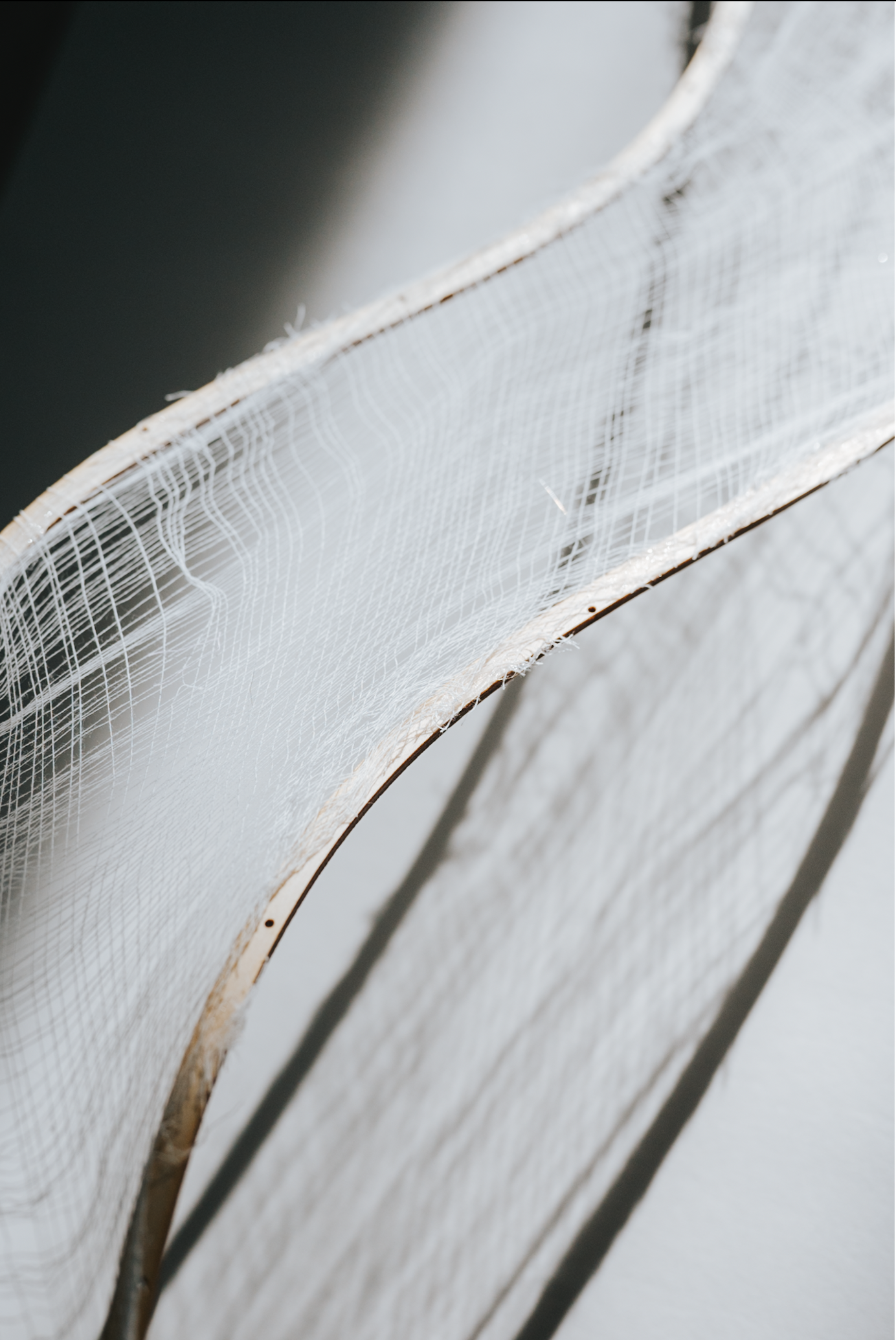
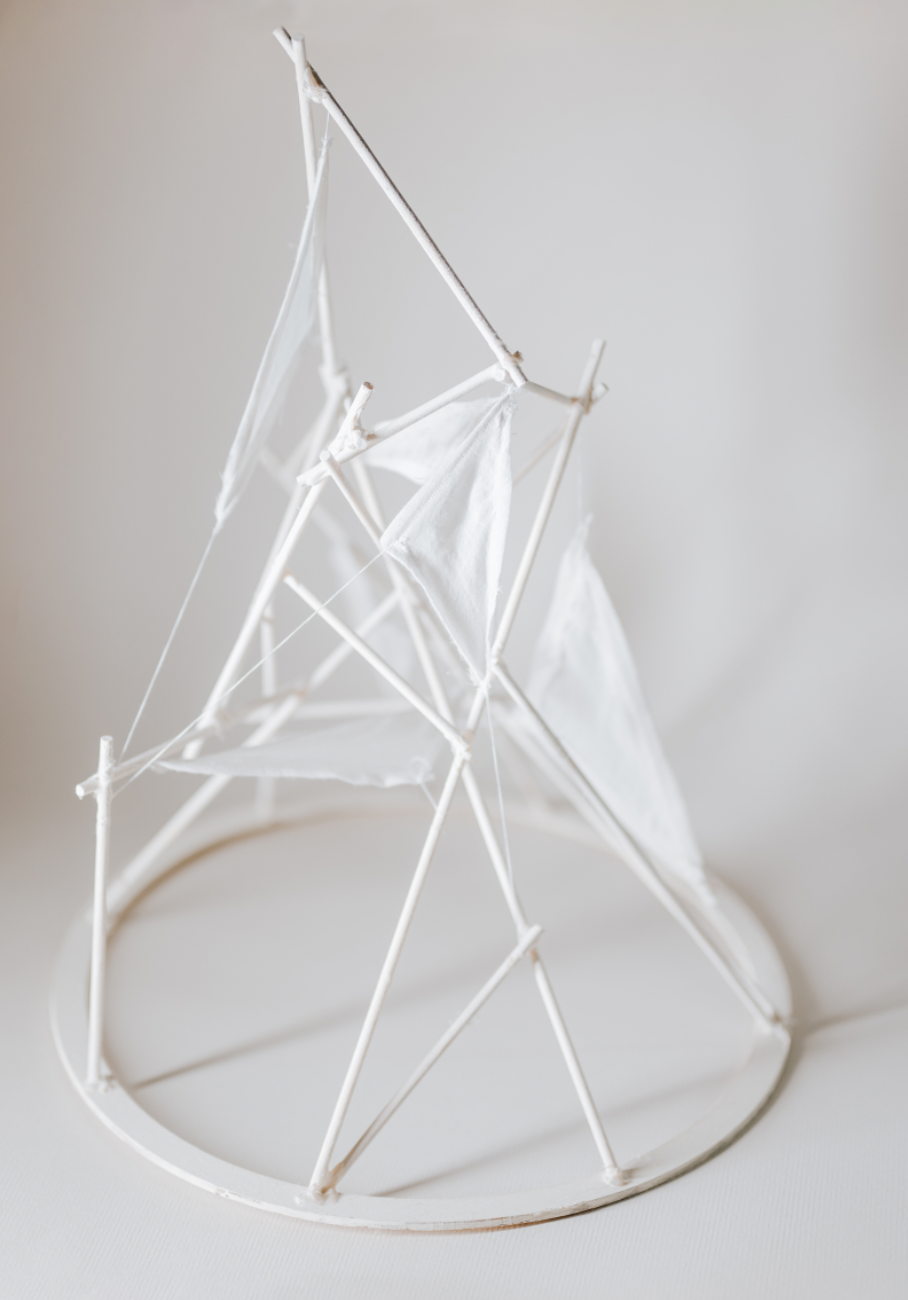
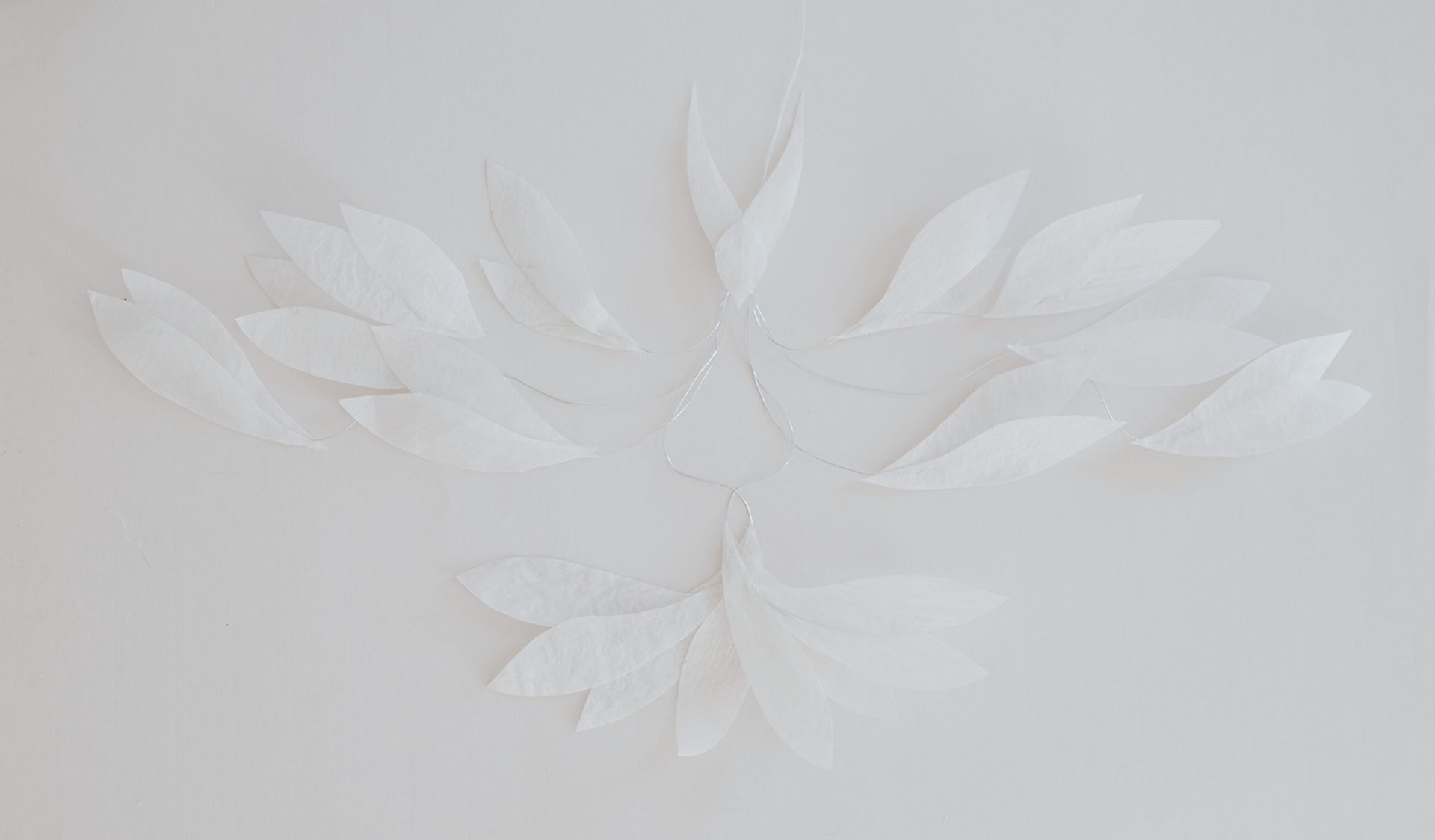
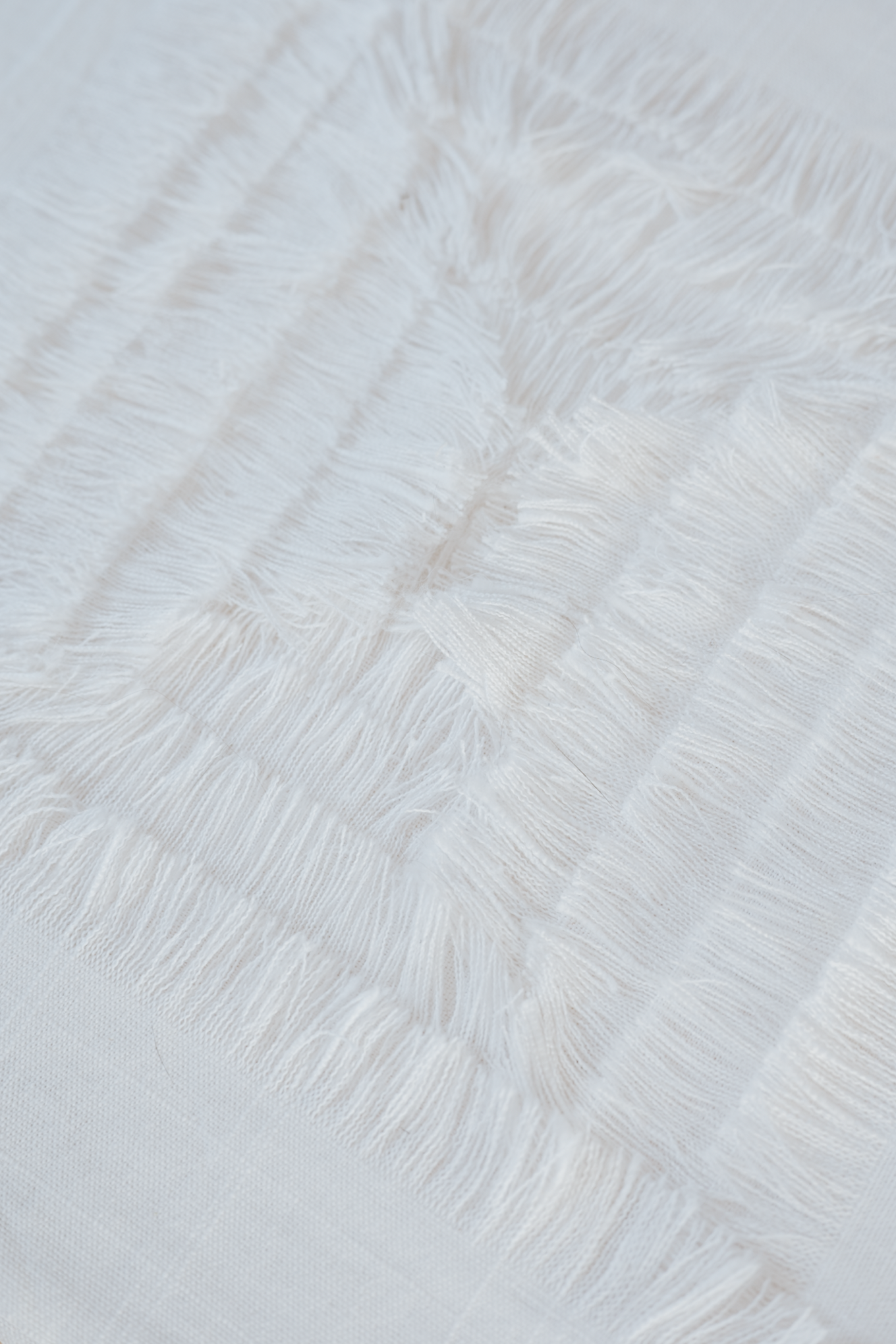
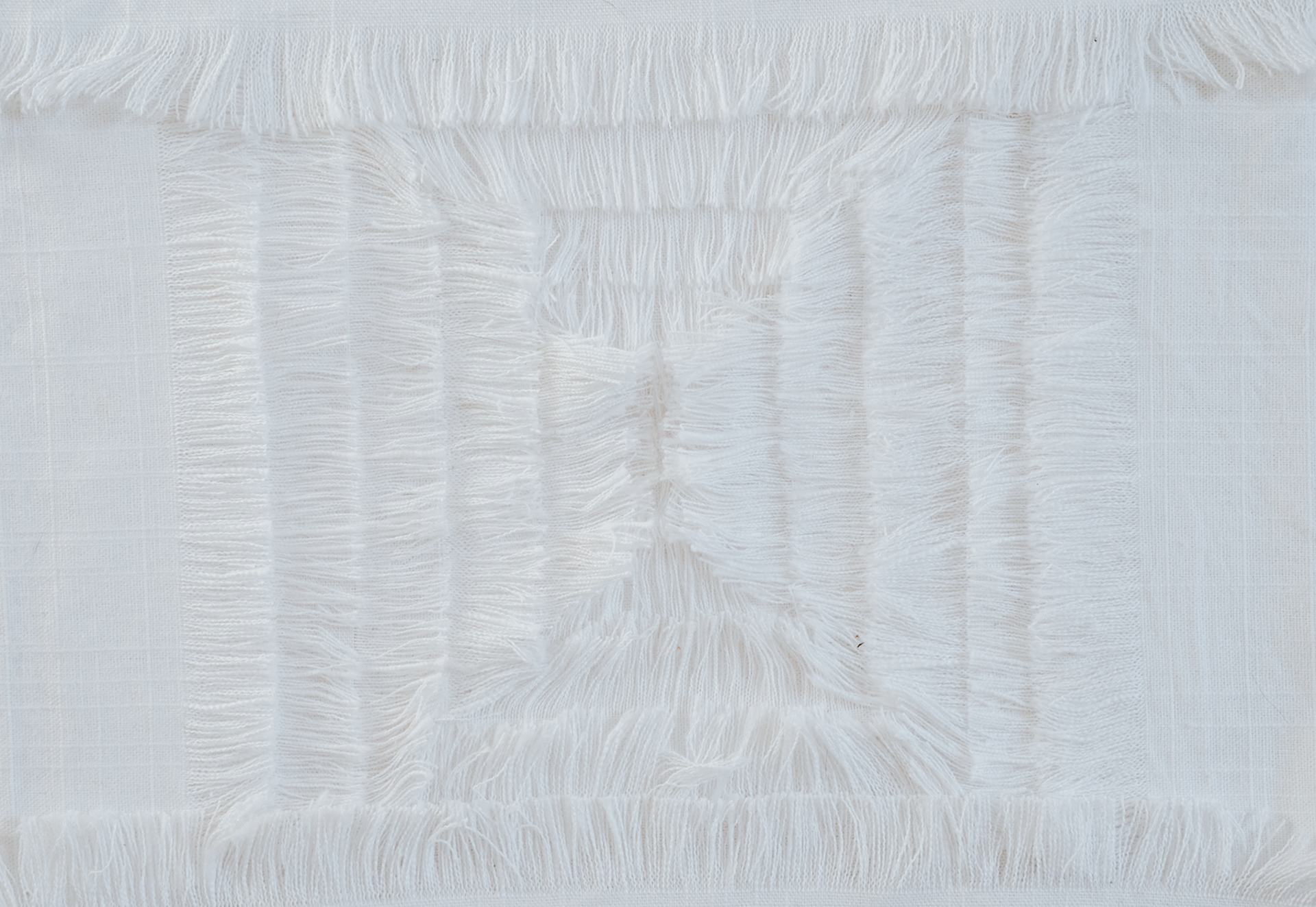
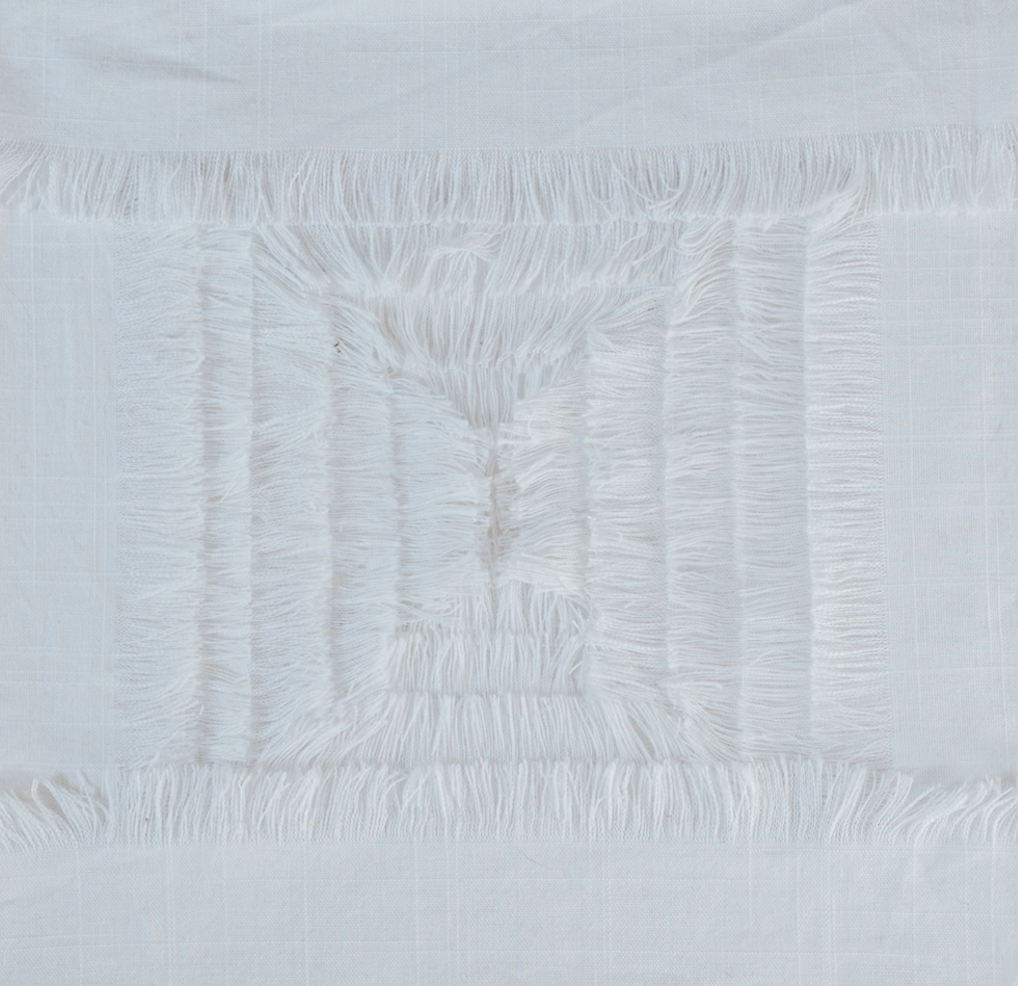
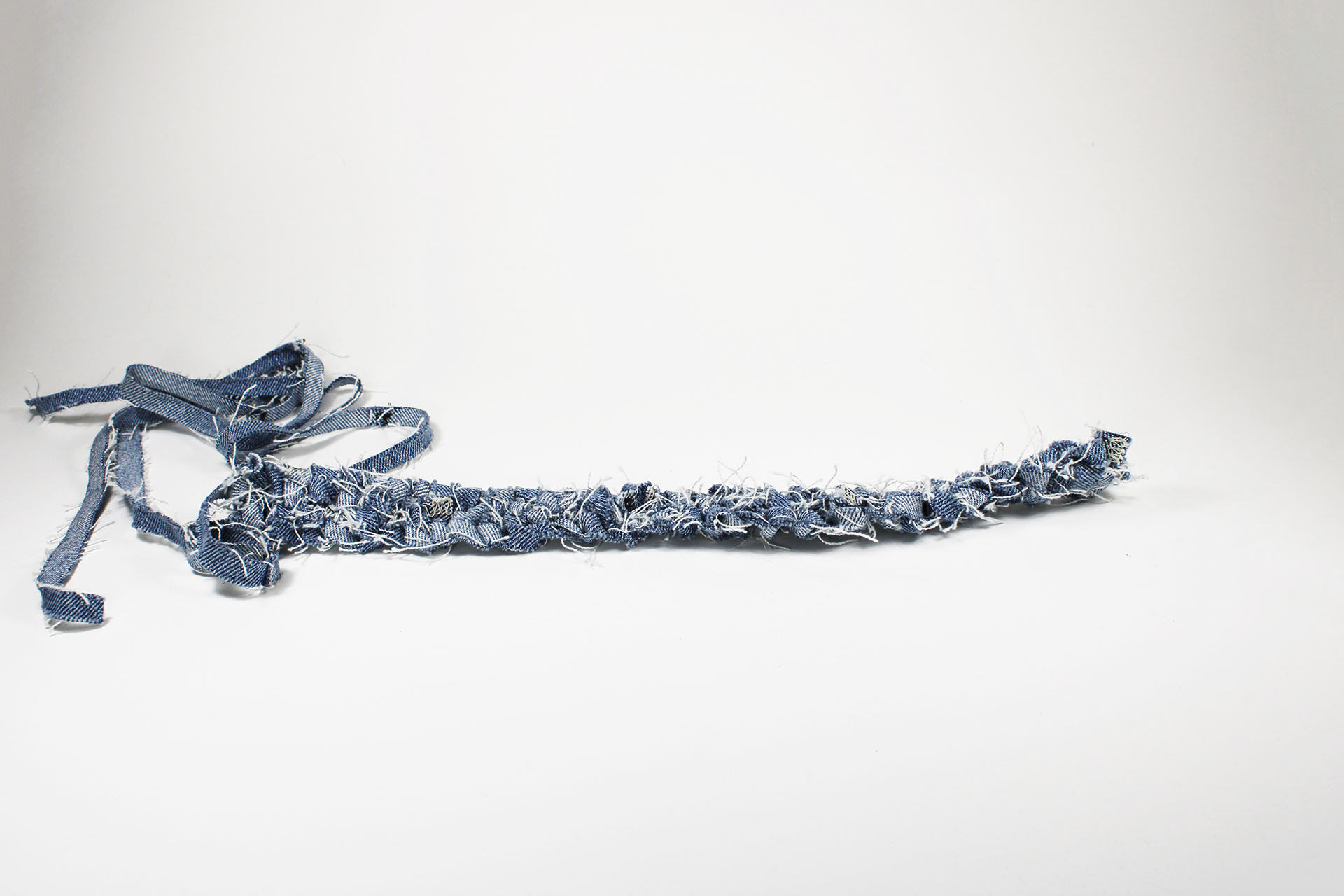
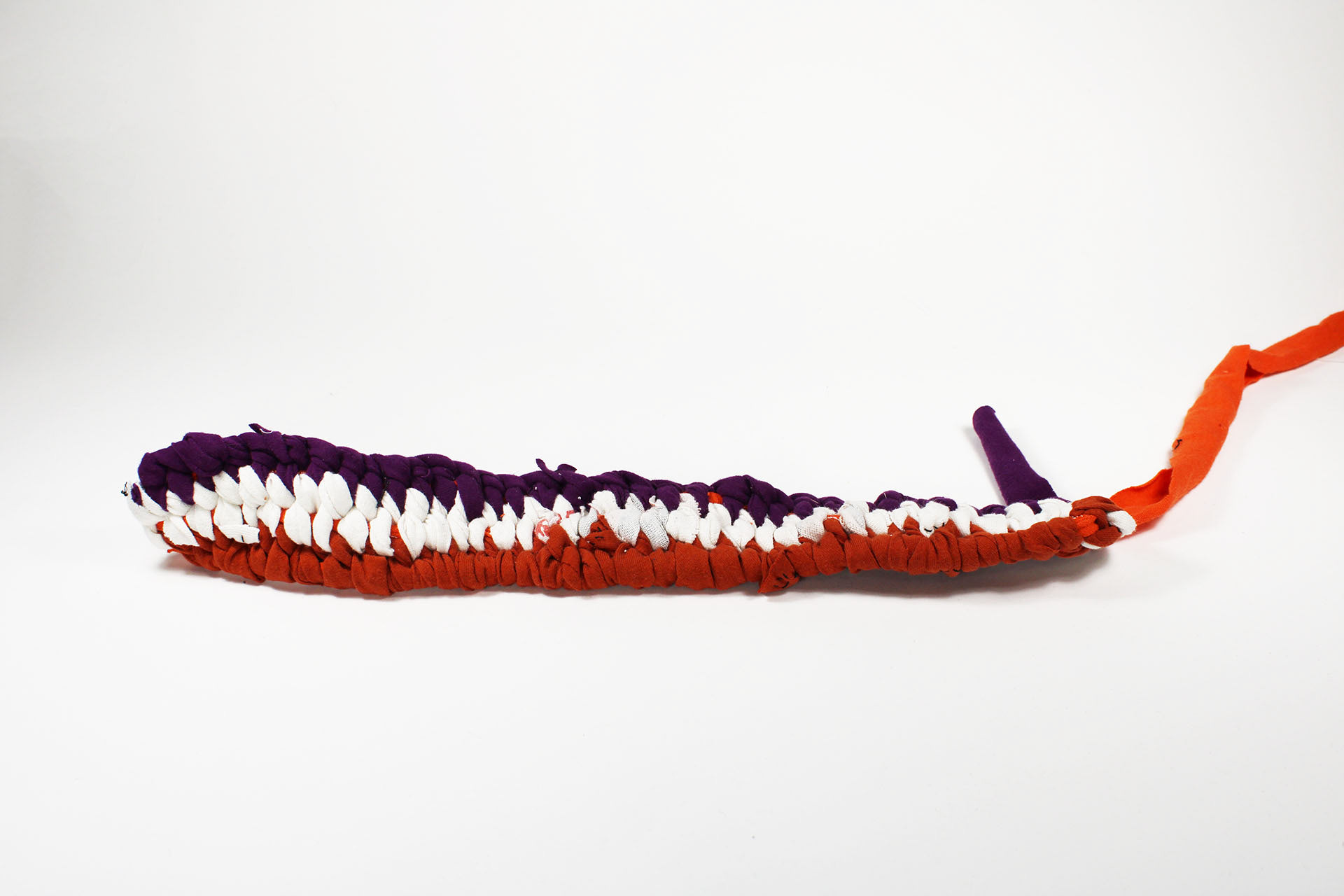
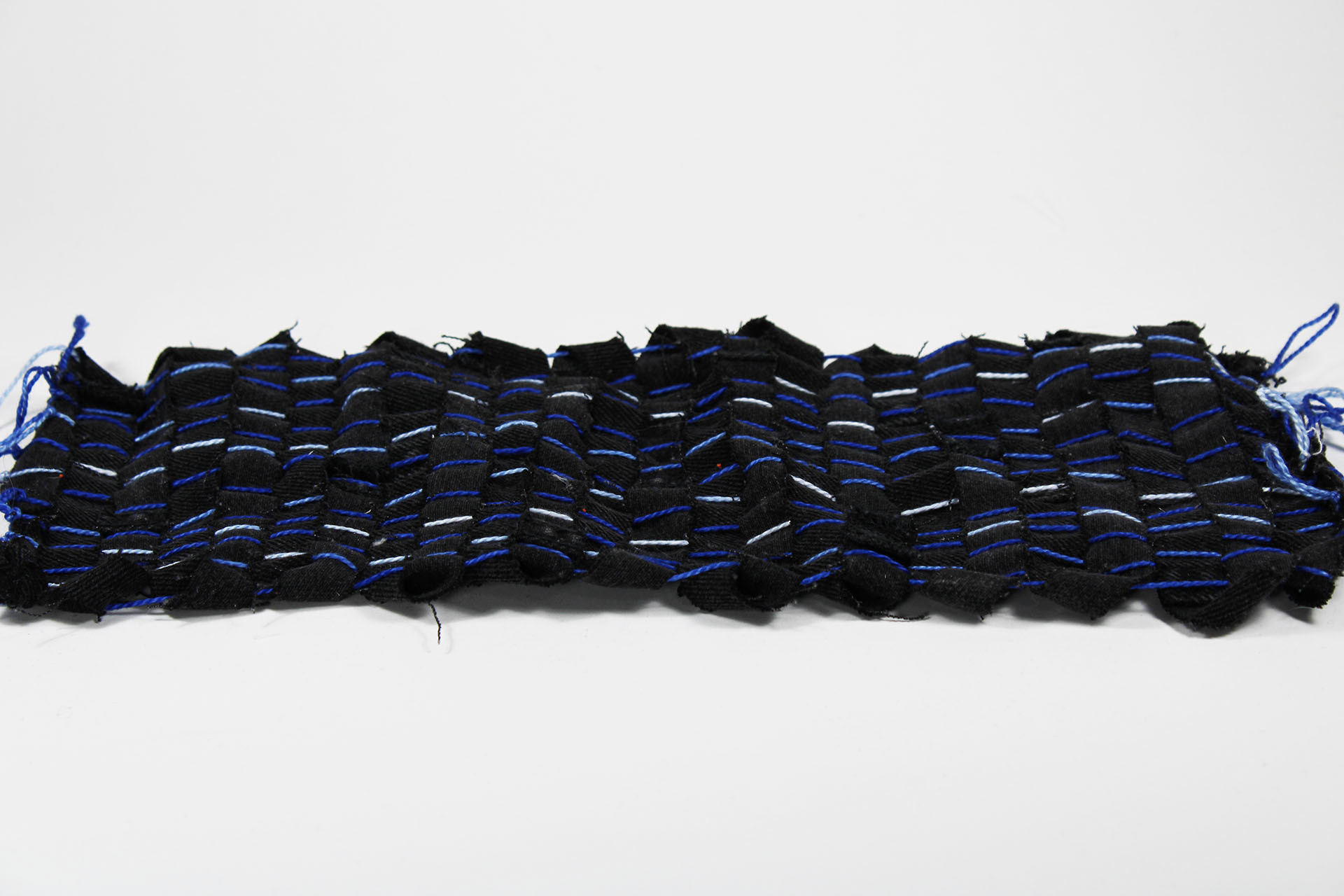
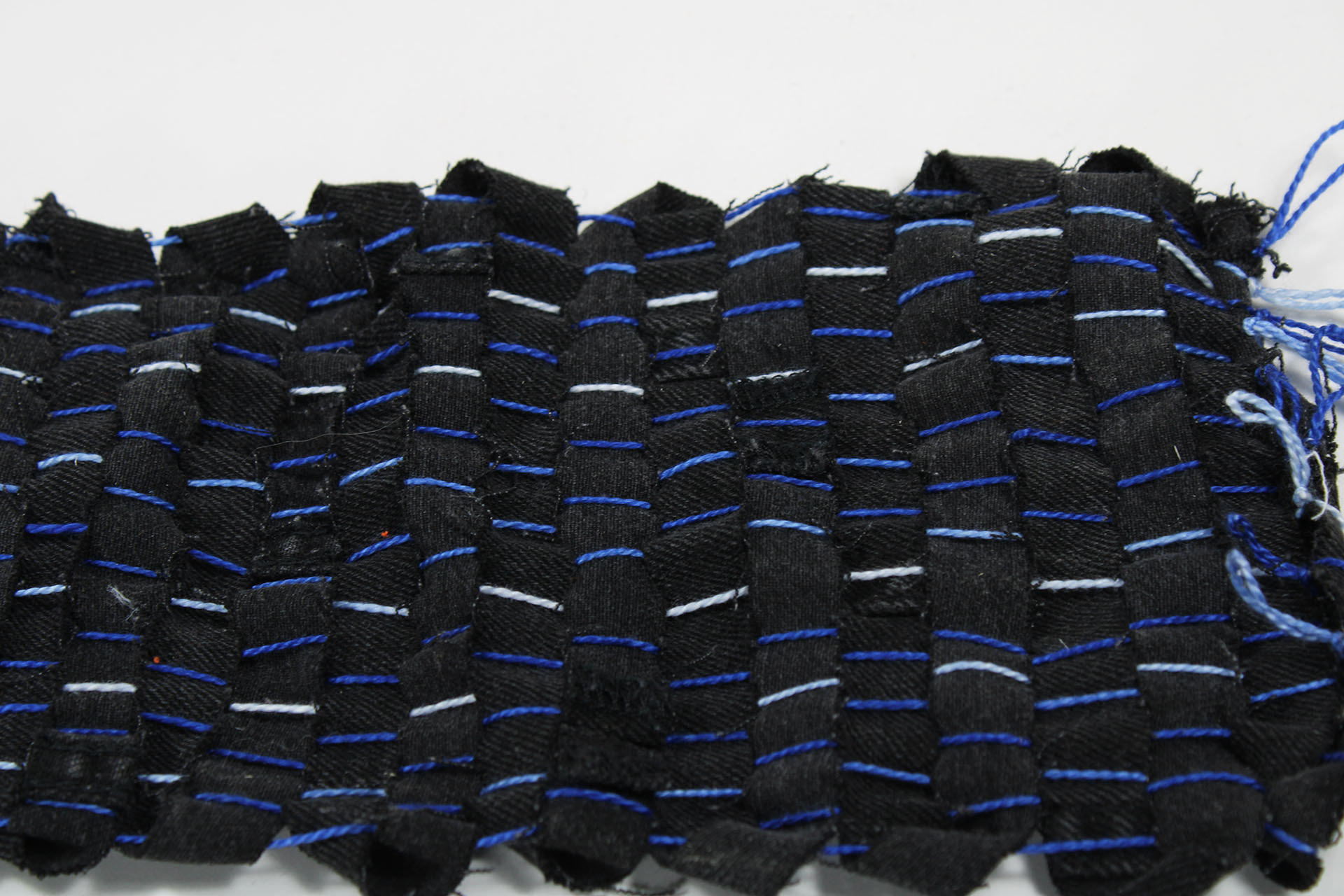
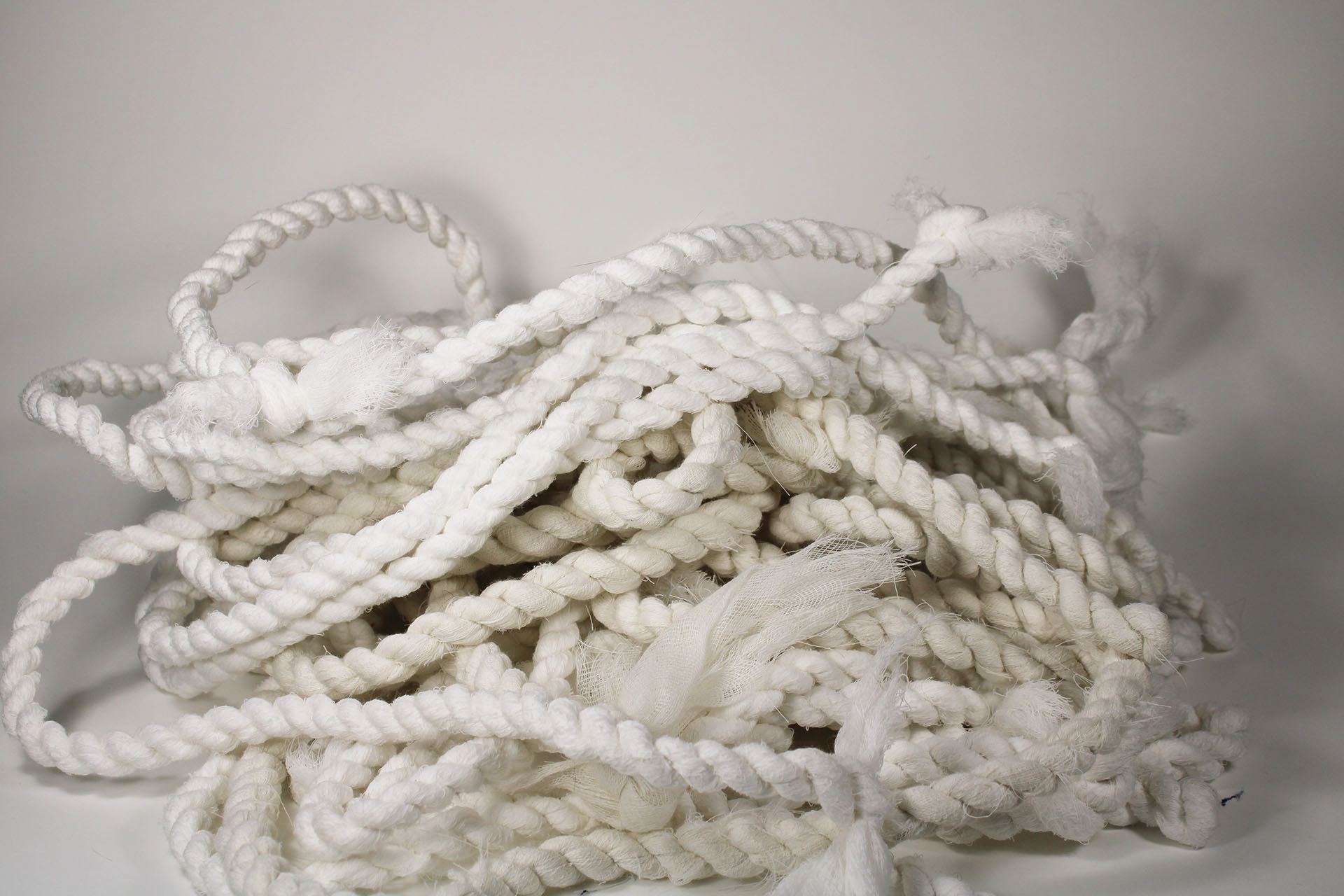


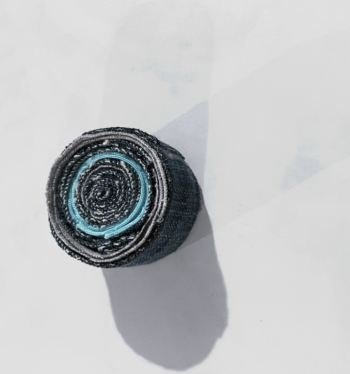
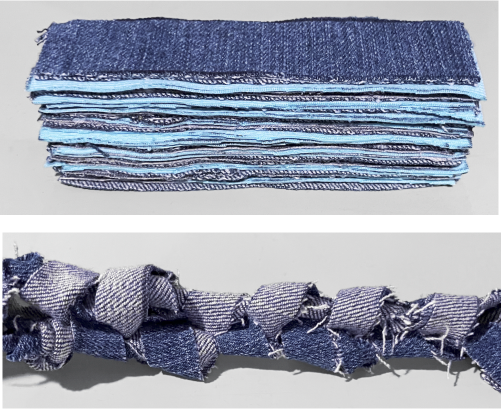
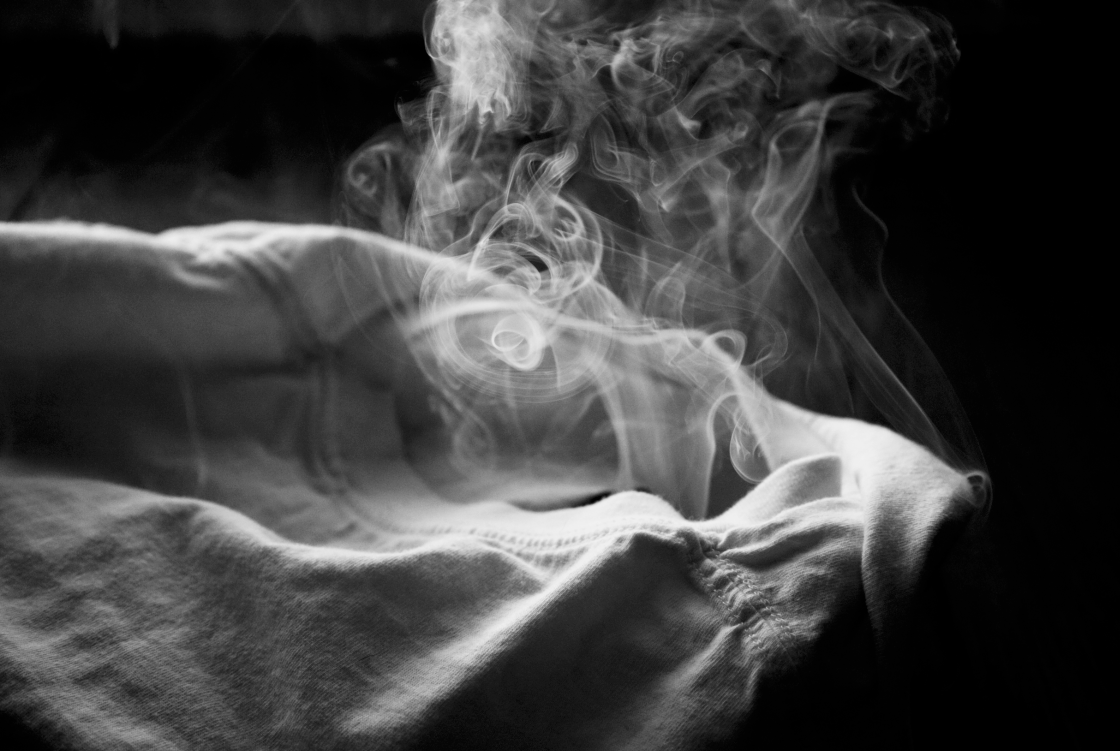
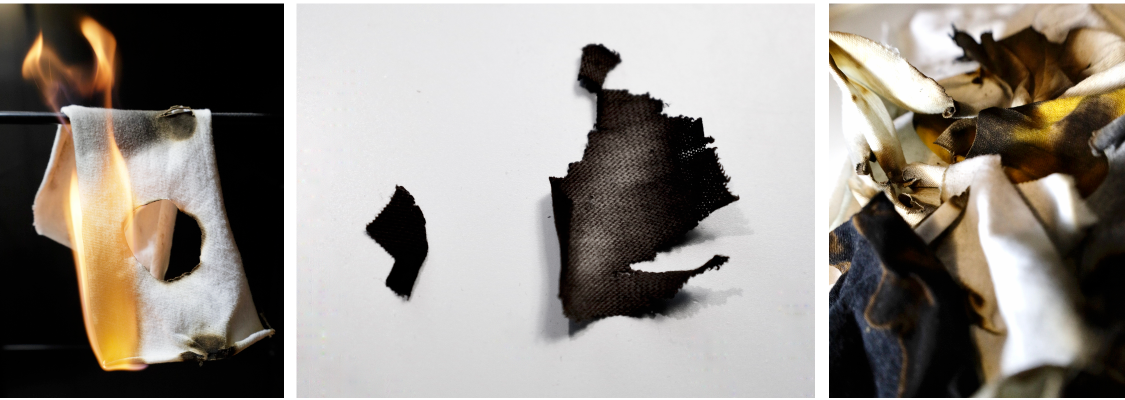
References:
P3.1 Individual
All photographs by Izabela Rachwal
P3.2 Group project:
Techniques: Weaving, Crochet - Photography by Kaylee Komatich
Techniques: Pattern Making, Stretching (Loose weave cotton), Destruction, Pigment Dying, Stiffening, Knotting, Smocking, Stacking, Crochet, Stretching, Twisting - Photography by Izabela Rachwal
Burning - Photography by Yutong Mu
Diagrams by Kaylee Komattich and Kayla Mante
Process - Group work - row 1 - Izabela Rachwal, Row 2 - Kaylee Komatich, Row 3 - Kayla Mante, Row 4 - Yutong Mu
